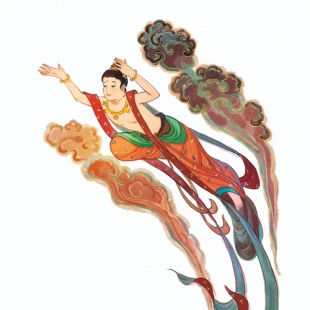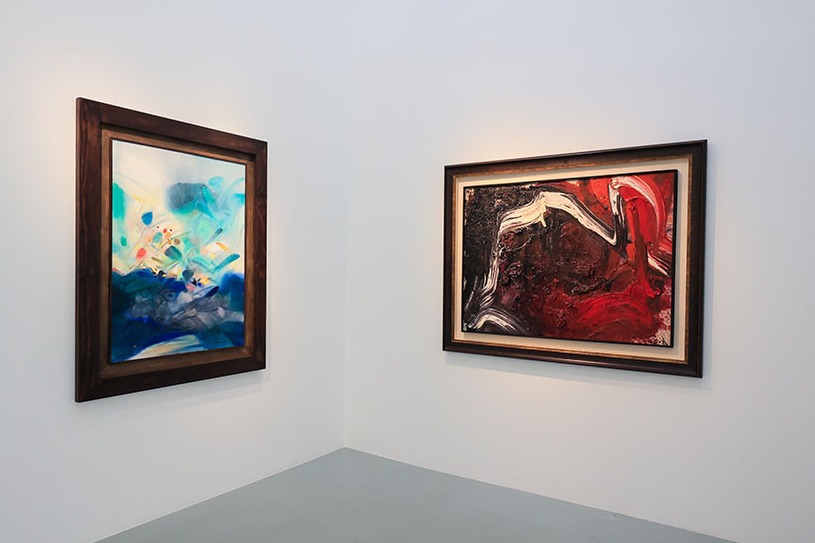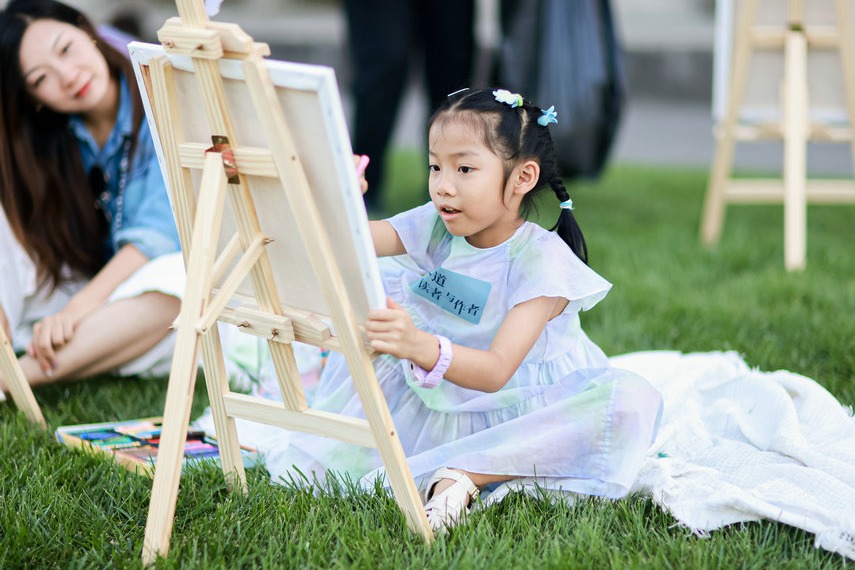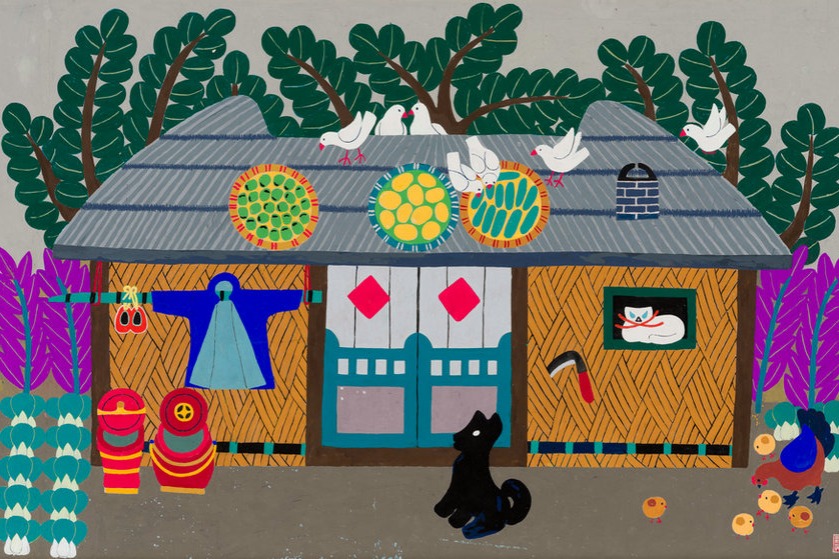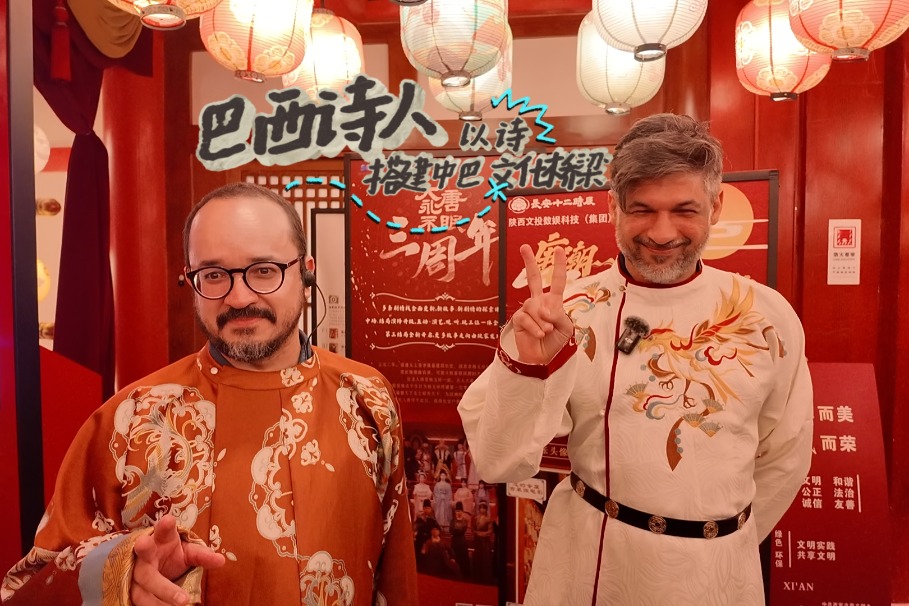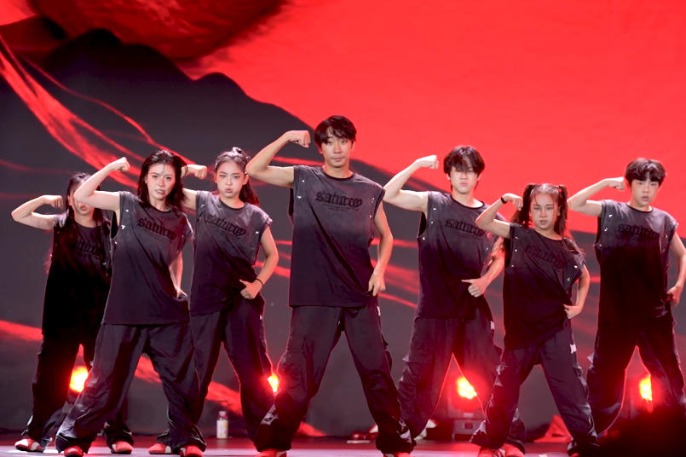Replica grotto brings ancient art back to life


At the seventh Silk Road (Dunhuang) International Cultural Expo, Gansu province revealed a restored version of Cave 57 from the Mogao Grottoes, brought to life through advanced three-dimensional reconstruction technology.
The restoration is so precise that it replicates the caves' original structure and size, mural colors and textures, and the artistic charm of its sculptures, making it almost indistinguishable from the original.
Also, the province's Digital Dunhuang initiative has made significant strides. The Digital Library Cave database platform now includes more than 74,000 entries — featuring a vast array of documents, sutras and images — reuniting Dunhuang cultural relics that are dispersed overseas.
From digitally restoring lost cultural relics to establishing a globally accessible digital resource library and from fostering international dialogues on grotto protection to preserving academic traditions, these efforts have breathed new life into Dunhuang culture.
They also exemplify Gansu's dedication to the preservation and inheritance of its local cultural relics and heritage. This year, the province has allocated 103 million yuan ($14.47 million) for cultural relic protection and rolled out more than 60 projects focused on the protection, use and exhibition of grottoes.
Notably, Gansu has made sustained efforts to develop the Dunhuang Academy into a leading hub for cultural heritage protection. As a cultural gem on the Silk Road, the academy has pursued its mission to explore innovative approaches in cultural relic protection, digital preservation, academic research and international collaboration.
It oversees three UNESCO World Heritage sites: the Mogao Grottoes, Maijishan Grottoes, and Bingling Temple Grottoes, spanning more than 1,500 kilometers, making it the largest cultural institution and museum in China in terms of both the number of heritage sites managed and geographical scope.


